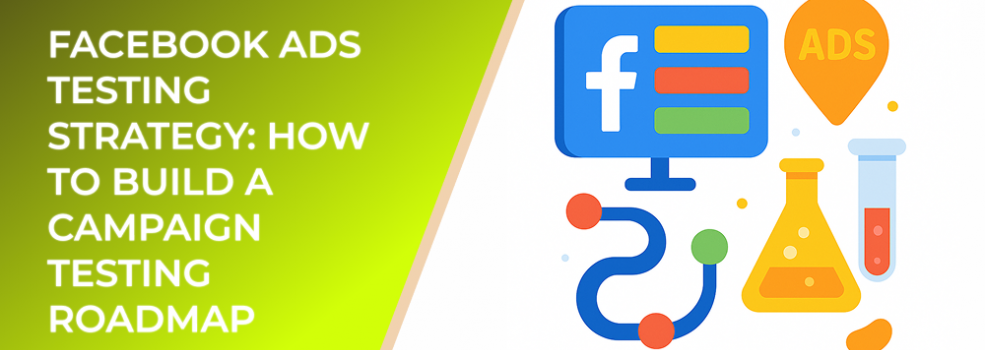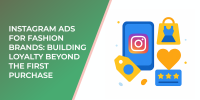Many advertisers make the mistake of launching campaigns without a proper testing framework. The result? Wasted ad spend and unclear insights. According to WordStream, the average cost per click (CPC) on Facebook ranges from $0.50 to $2.00 depending on industry. Without testing, you risk spending more for less impact.
A structured testing roadmap ensures you know which variables drive results and which don’t. This helps maximize return on ad spend (ROAS) while reducing guesswork.
Step-by-Step Campaign Testing Roadmap
1. Define Clear Objectives
Every test should start with a defined goal. Whether you’re testing for click-through rate (CTR), cost per lead (CPL), or conversion rate (CVR), aligning your tests with campaign objectives prevents wasted efforts.
2. Start With Audience Testing
Your audience is the foundation of campaign success. Test different audience segments first:
-
Broad vs. interest-based
-
Lookalikes vs. custom audiences
-
Demographics and behaviors
Studies show that audience targeting accounts for up to 70% of ad performance variance. Identifying the right group is crucial before moving to creative or placement testing.
3. Test Creative Variations
Once you’ve found a responsive audience, test ad creatives:
-
Images vs. videos
-
Different ad copy angles
-
Call-to-action buttons
Meta reports that video ads generate 48% more views than static images, but performance still depends on audience and context. Creative testing helps uncover what resonates best.
4. Experiment With Placements
Next, test ad placements such as Facebook Feed, Instagram Stories, Reels, and Audience Network. Automatic placements often perform well, but manual testing can reveal hidden cost efficiencies.
5. Refine Bidding and Budget Allocation
Budget distribution and bidding strategies can dramatically impact results. Test:
-
Lowest cost vs. cost cap bidding
-
Daily vs. lifetime budgets
Data from Meta suggests advertisers who regularly adjust budgets based on performance see 15–20% higher ROAS.
6. Test Funnel Stages
Advanced testing includes funnel-specific experiments:
-
Top of funnel (awareness ads)
-
Middle of funnel (retargeting ads)
-
Bottom of funnel (conversion ads)
By testing across the funnel, you ensure efficiency at each customer journey stage.
Best Practices for a Successful Testing Roadmap
-
Test One Variable at a Time: Avoid mixing variables; isolate results.
-
Run Tests Long Enough: At least 3–5 days to gather statistically significant data.
-
Use Facebook’s A/B Testing Tool: Helps validate results without bias.
-
Document Results: Build a testing library for future campaigns.
The Payoff of Structured Testing
A well-defined testing roadmap ensures you can identify winners quickly, cut underperformers, and scale with confidence. Over time, this structured approach reduces costs, improves ad efficiency, and creates a repeatable system for campaign growth.
Suggested Further Reading
To continue improving your Facebook Ads performance, explore these articles:

